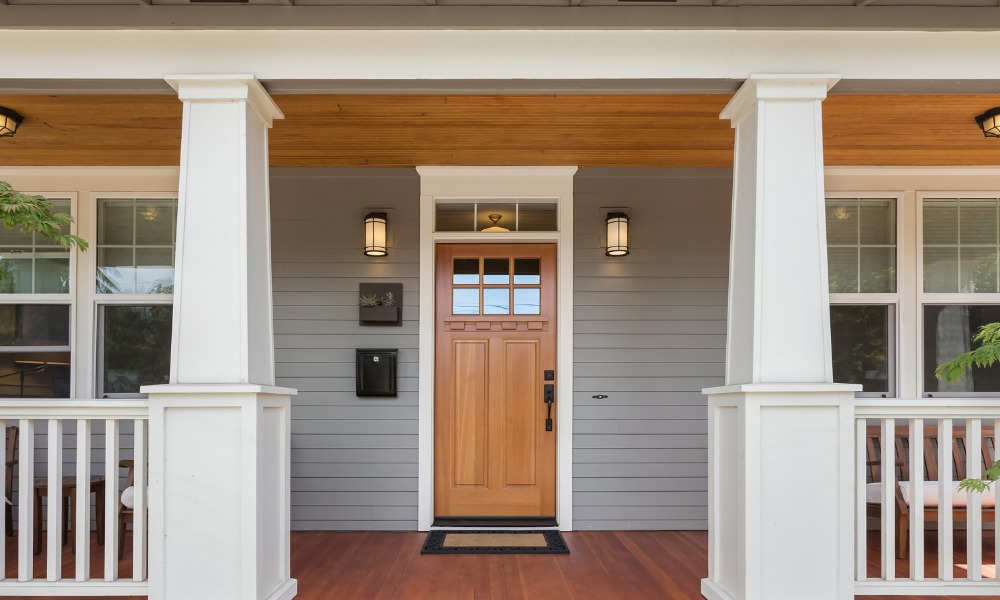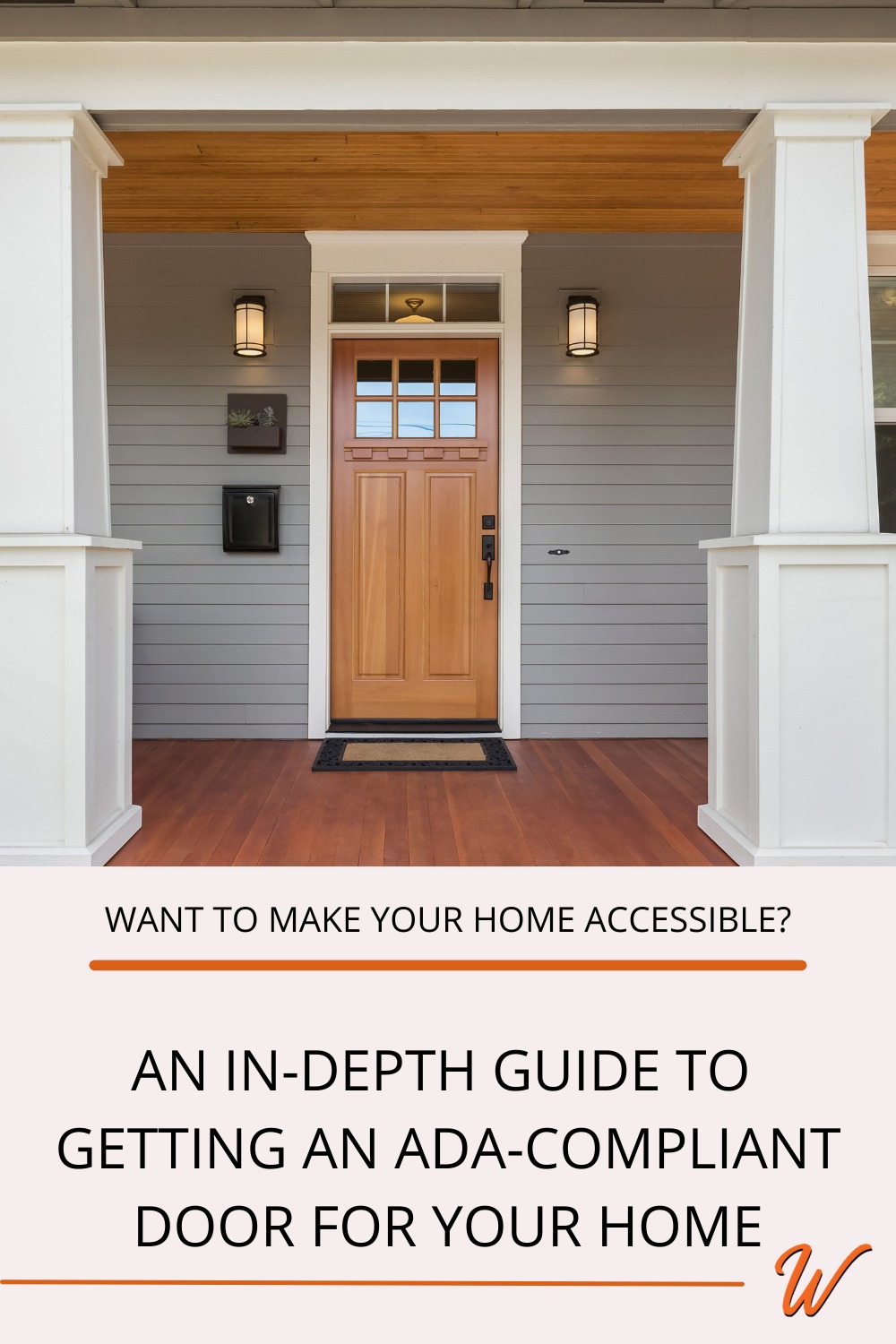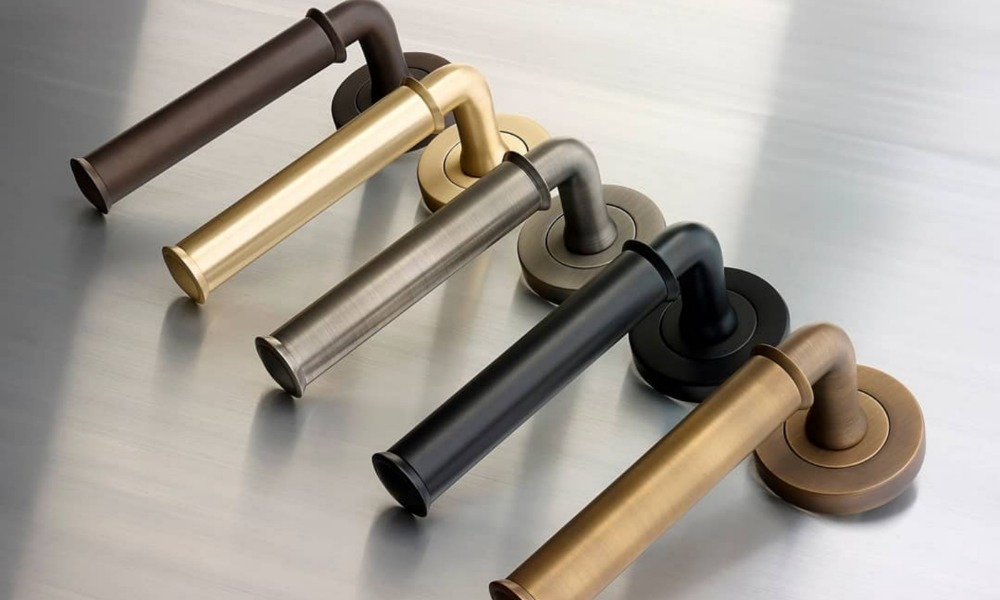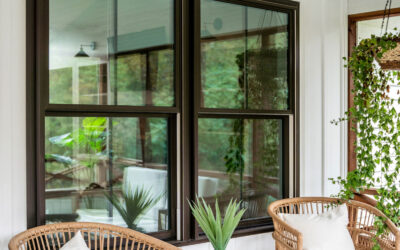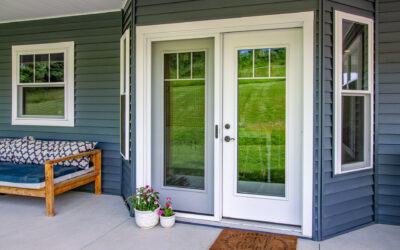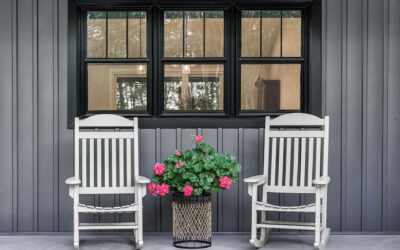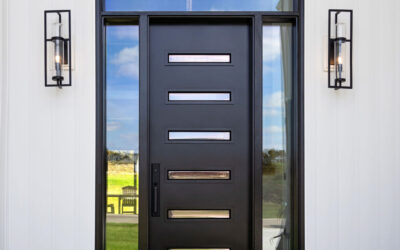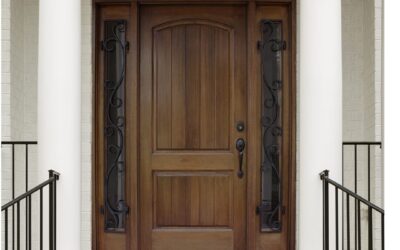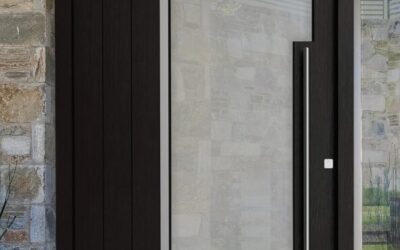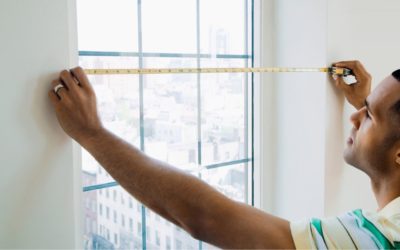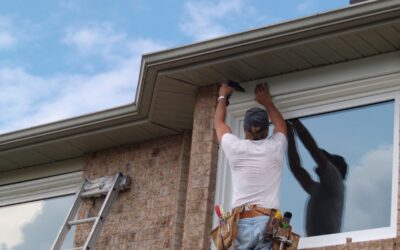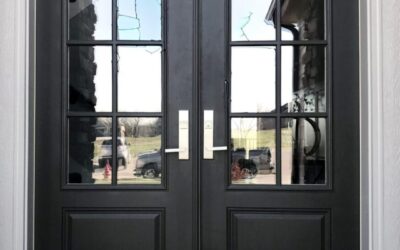The Americans with Disabilities Act Accessibility Guidelines outlines the building requirements that ensure accessibility for all. This includes some specific requirements about the features of ADA-Compliant doors.
The ADA only applies to businesses. But, many homeowners shopping for new front doors in the Holly Springs, NC area inquire at our store about making their home more accessible by installing an ADA-Compliant door.
Many homeowners appreciate having an accessible door, including
- Homeowners with chronic health conditions or mobility challenges
- Older homeowners who value the ability to age in place
- Younger homeowners who have young children (it’s easier to maneuver strollers through an accessible door)
- Homeowners who want to ensure that their home is accessible to visitors with mobility challenges
If you are in any of these categories, you may want to learn more about getting an ADA-Compliant door for your home. Read on to learn what you need to know.
Door Width and Maneuvering Space
To meet ADA-Compliance guidelines, a door must have clearance of at least 32 inches across when the door is open at a 90° angle.
This clearance ensures that anyone using a wheelchair or walker is able to enter through the door without hitting the door.
It’s also important to ensure that the area around your door includes adequate room for maneuvering.
Maneuvering space allows the door user to
- Approach the door
- Reach the door or door hardware
- Open the door while remaining outside the swing of the door (if it’s a hinged door)
- Maneuver through the doorway
- Close the door behind them
The space required varies depending on the type of door and the direction of approach:
Doors that swing outward require 18 inches of maneuvering room, while doors that swing inward require 12 inches of maneuvering room.
Door Handles
Door handles are another important consideration for accessibility.
Accessible door hardware must not require more than 5 lbs. of force to operate.
Handles should also be operable with one hand. They shouldn’t require tight grasping, pinching, or twisting of the wrist.
These criteria mean that traditional round doorknobs aren’t accessible. Lever handles are most commonly used by homeowners wanting an accessible front door.
Lever handles are often used by homeowners wanting an ADA-Compliant Door.
Low Threshold Sills
Finally, to meet ADA-Compliance, doors must have low threshholds, or they must have gradual inclines. This ensures that wheelchair, cane, and walker users, as well as those with impaired vision, can easily pass through the door.
Many door manufacturers offer sill ramps, which lengthen the distance from the ground to the sill with a properly graded ramp.
Additional Requirements Needed for ADA-Compliant Doors
Remember that true ADA-Compliance is only required for businesses. In this article, we have shared the most common aspects of ADA-Compliance that homeowners ask for when they want accessible doors.
There are some additional features of ADA Compliance that are rarely requested by homeowners. Things like closing speed, for instance. Per the ADA:
from an open position of 70 degrees, the door will take at least 3 seconds to move to a point 3 in (75 mm) from the latch, measured to the leading edge of the door.
We always encourage homeowners to consider whether they need a door that meets all ADA-Compliance guidelines. More commonly, homeowners just want a door that will be accessible for them, their family members, and their friends for years to come.
Trusted Door Installation Company Serving Holly Springs, NC and Surrounding Areas
When it’s time to replace your home’s front door, you want to work with a team that understands your family’s needs.
Whether you have a family member who needs an ADA-compliant door, or if you just want to ensure that your home remains accessible, Window Works Co. can help you find the right door for your needs.
Use the calendar below to schedule your window and door consultation call. We can’t wait to show you all the ADA-Compliant doors that will make your home accessible and beautiful.

